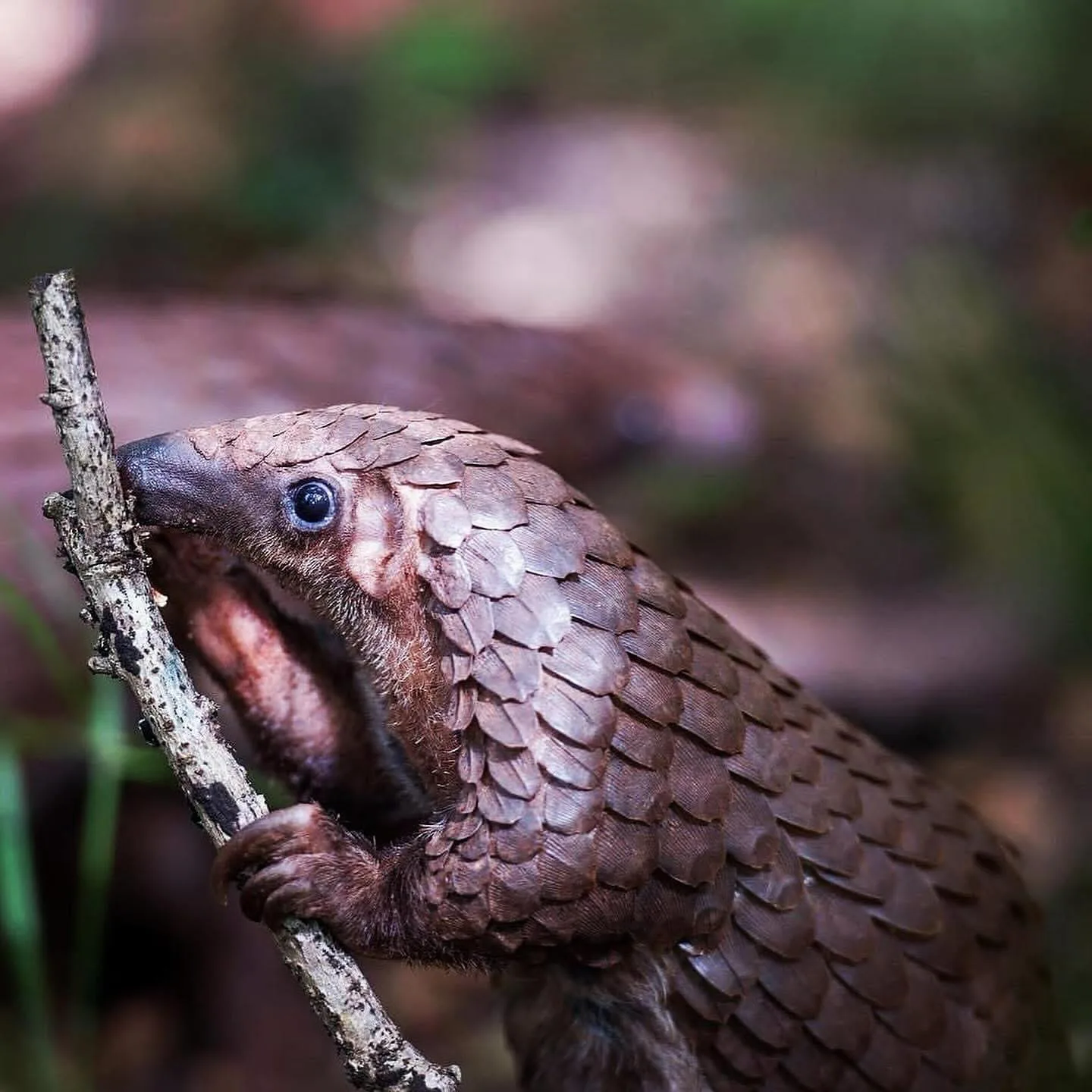By Mirriam Nasilele
Hidden beneath the undergrowth, covered in tough, keratin scales, and moving with quiet determination, the pangolin might seem like an unlikely candidate for global attention. Yet today, this elusive mammal has become Africa’s most urgent conservation story. So, why the fuss?
Pangolins are a High-Priority Species in Zambia and Across Africa. They are the most trafficked mammals in the world. Their scales, made of the same material as human fingernails, are in high demand in Asia. Their meat is also considered a delicacy in some cultures, fuelling an illegal trade that spans continents.
Zambia finds itself at the heart of this crisis, serving both as a source and transit country for trafficked pangolins. However, it’s not just an international issue; WCP’s research reveals worrying signs of local demand, emphasising the urgent need for awareness and protection.
The ecological importance of pangolins cannot be overstated. A single pangolin can consume thousands of ants and termites in a day, making it a natural pest controller. Their disappearance could trigger ecological imbalances, impacting crop health, forest regeneration, and soil stability, much like armyworms in our immediate environment.
Yet, despite their importance, pangolins remain poorly understood in Zambia and across the region. Limited research and data mean we’re fighting to save a species we’re only just beginning to understand.
At WCP Zambia, pangolin conservation means going beyond rescue. We operate Zambia’s only dedicated pangolin rehabilitation centre, providing round-the-clock care to trafficked and injured pangolins, many of whom arrive traumatised, dehydrated, or orphaned.
But it doesn’t stop there. Every pangolin we release is monitored using GPS technology, allowing us to track their movements, monitor survival rates, and collect crucial ecological data that informs conservation strategies across the continent.
Our commitment also extends to the social sciences. We study the root causes of trafficking, including the beliefs, economic pressures, and social norms that drive demand. From there, we launch targeted public awareness and behaviour change campaigns, especially in high-risk areas.
All of this is done in collaboration with the Department of National Parks and Wildlife (DNPW) and a broad network of partners. Pangolin conservation is a team effort, and we’re proud to be building a model of collaborative action.
Behind every rescued pangolin is a team of caregivers, researchers, and logistics specialists working tirelessly. Rehabilitation is intensive and often prolonged, particularly for young pangolins who are still milk-dependent. They require specialised diets, quiet and secure environments, and constant attention, sometimes for months.
Operational costs are steep: GPS trackers, night-vision equipment, vehicle fuel, and field rations are just a few of the necessities. Add to that the emotional toll on the team, watching animals arrive in distress, managing complicated recoveries, and hoping for every release to be a lasting success. You begin to see the depth of commitment required.
Our programme is growing, but so are the demands. Without sustained support, the reach and impact of our work could falter.
For those of us on the frontlines, pangolin conservation is more than a job; it’s a mission. Every time we release a pangolin back into the wild, it feels like a small but powerful act of defiance against extinction. It’s a moment of reclaimed hope.
Professionally, working on such a vulnerable and under-researched species offers a rare and meaningful opportunity to contribute to pioneering conservation science. And being part of a team that brings together government, local communities, and international partners? That’s what keeps us inspired, day after day.
So, why the fuss about pangolins? Because if we don’t make noise for them, who will?
They are quiet, misunderstood, and slipping away. But together, we can change this story; let’s leave pangolins alone, as they belong in the wild.
Scan the QR code to save a pangolin.



0 Comments